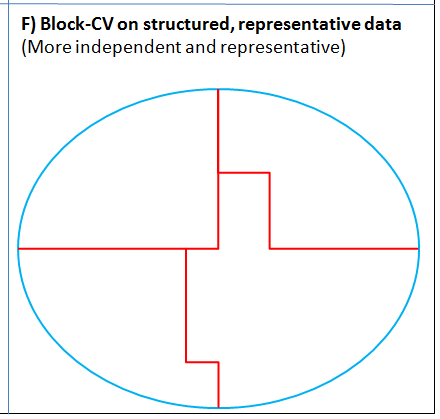
Land-use, biodiversity and zoonotic diseases
Public awareness and perception of zoonoses has dramatically increased in the last few months due to COVID-19. We invited Drs. Christian Imholt and Anna Obiegala, expert disease ecologists, to explain their perspectives on the emergence of zoonotic diseases in the context of human interference and habitat disturbance.
Continue reading “Land-use, biodiversity and zoonotic diseases”



